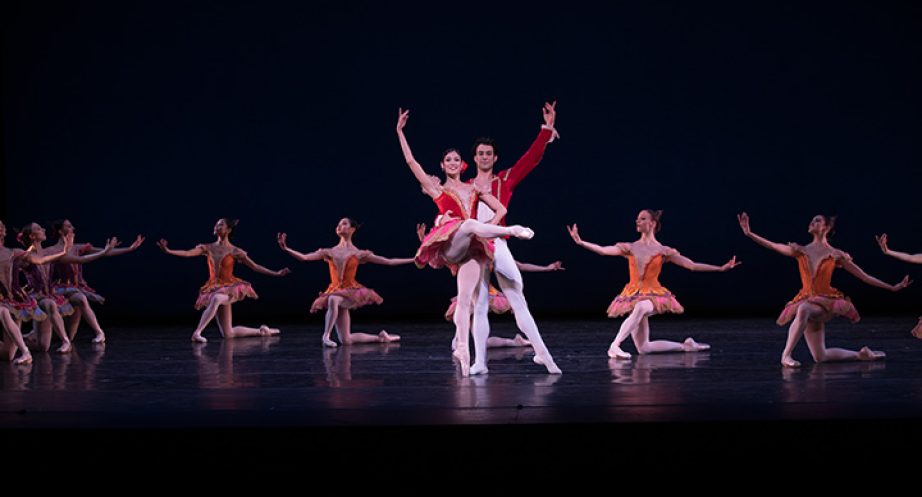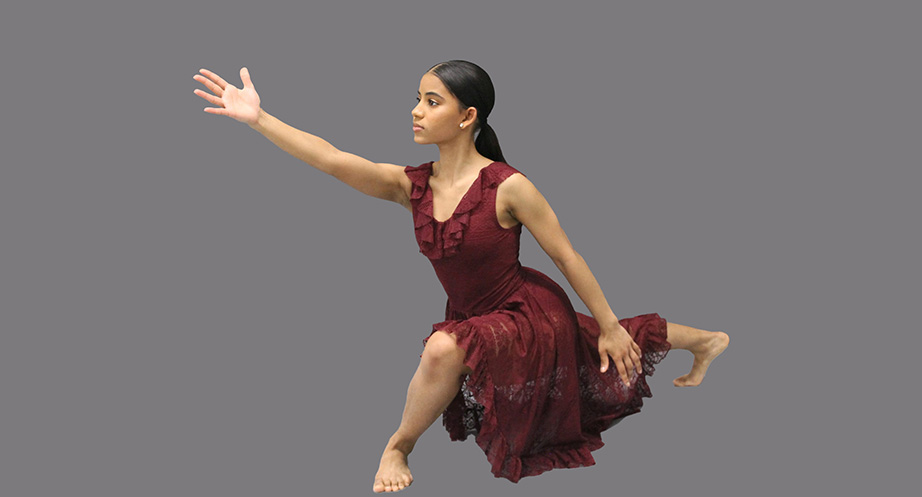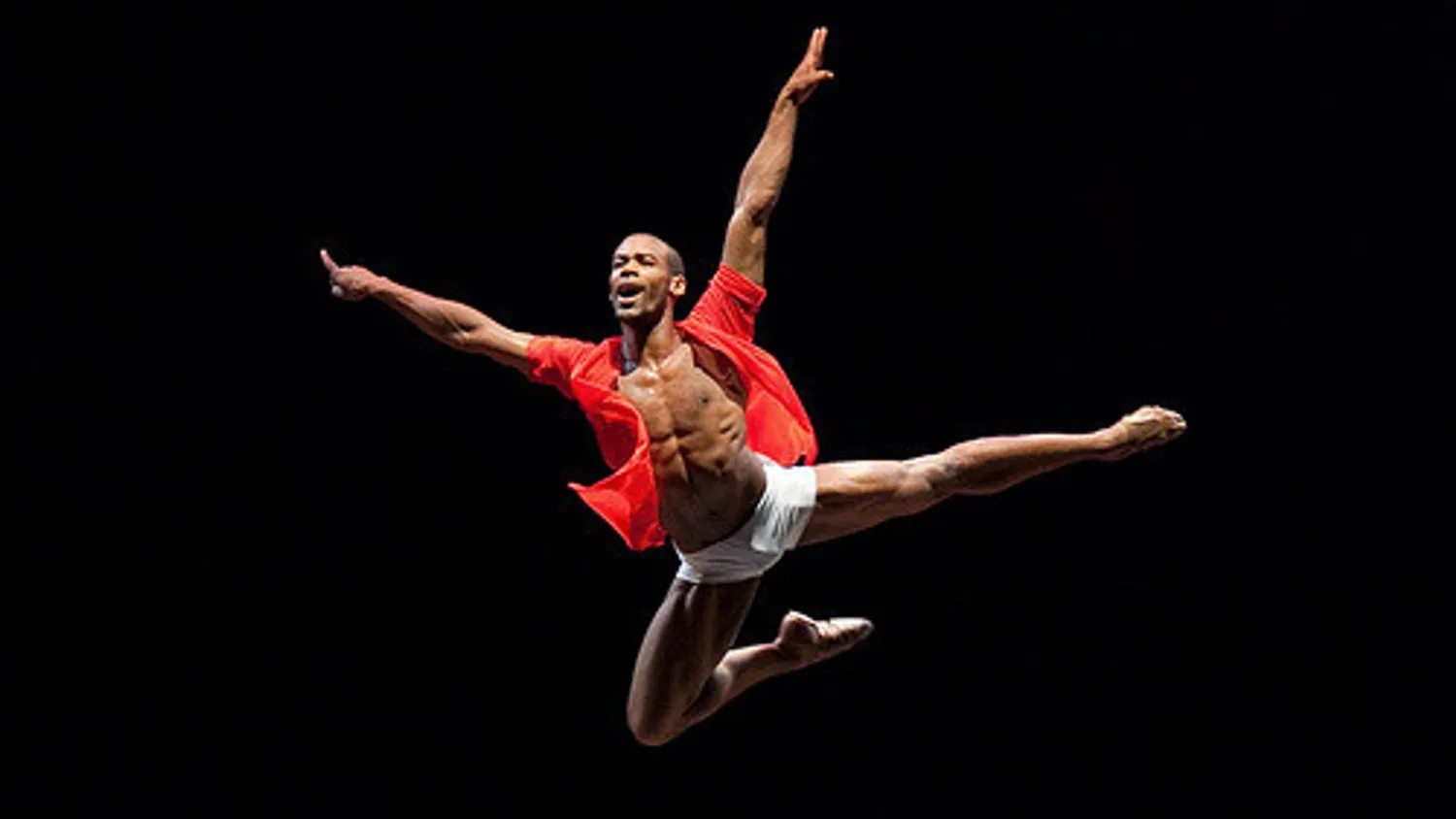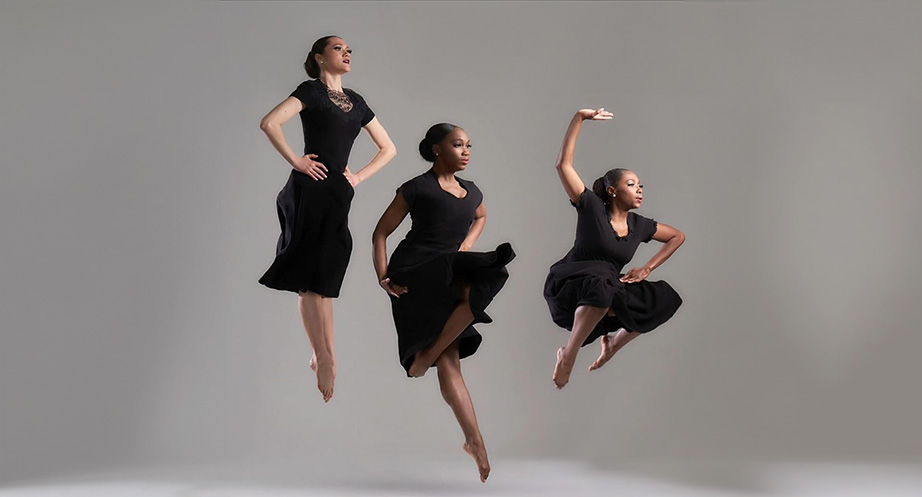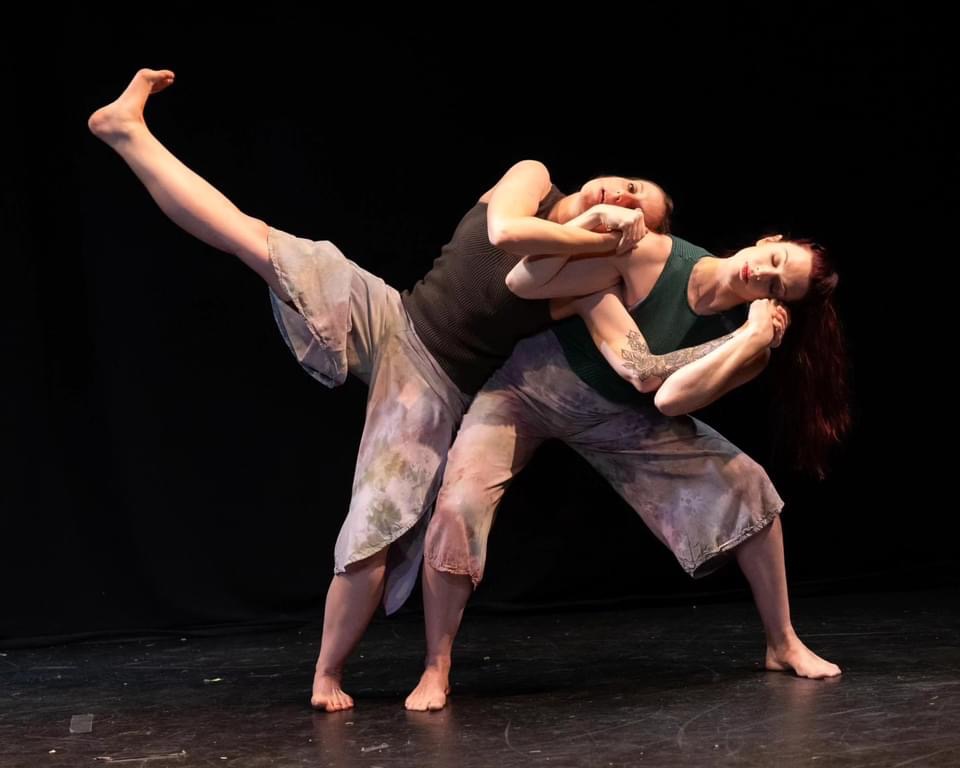by Kat Richter for The Dance Journal | photo credit Rosalie O’Connor
It wasn’t until after my husband and I left the Merriam Theatre on Friday night that I realized why the braggadocios title of Pennsylvania Ballet’s latest program, “Grace and Grandeur,” made me chuckle. It was a scene from the 1992 film, A League of Their Own, in which the athletes are made to sashay from side to side under the watchful eye of their charm and beauty instructor. She chants “Gracefully and grandly, gracefully and grandly” as they slowly raise and lower their arms. Madonna’s character succeeds. Rosie O’Donnell’s does not.
Still, the description was apt in the case of the Angel Corella’s latest. This weekend’s program featured a split bill: Paquita, originally choreographed in 1847 by Marius Petipa, and Balanchine’s Theme and Variations, which premiered 100 years later. Sandwiched in the middle was For Four, the much-lauded male quartet choreographed by Christopher Wheeldon for Kings of the Dance at New York City Center in 2006.
Perhaps because of the costumes (vibrant pinks, oranges, and reds in Paquita and regal pinks, lavenders, and periwinkles in Theme and Variations) or perhaps because of the décor (ornate chandeliers and candelabras), the Petipa and the Balanchine pieces seemed, at times, like mirror images of each other. Although separated by a century, both works featured the fast footwork, beautiful adagios, and virtuosic fireworks that we associate with classical ballet.
Lillian DiPiazza and Jack Thomas gave a fine performance as the lead couple in Theme and Variations, and the addition of more and more dancers throughout the work brought it to a striking crescendo, but it was Paquita that packed the most punch. There were a few wobbles here and there, a few sequences that I wished had been drawn out instead of rushed, but Mayara Pineiro carried the piece: regal, smiling, and stunning as always, like a doll on a music box. Arian Molina Soca was equally majestic, topping Pineiro’s turns with a series of backward leaps rendered, somehow, effortless. At times, I missed the precision of the corps, achieved so exquisitely in Swan Lake a few weeks ago, but overall the applause was well deserved and the selection a great choice for the increasingly international company.
Having written about but never seen For Four, I was looking forward to the chance to witness this modern masterpiece in action. The original pas de quatre was set on four powerhouse dancers: Angel Corella himself, Ethan Steifel, Nikolai Tsiskaridze, and Johan Kobborg, to an orchestrated version of the second movement from Franz Schubert’s Death and the Maiden. It reflects four different schools of ballet: Spanish, American, Russian, and Danish, and puts the four men front and center without requiring them to carry anyone, or support anyone, or wait their turn to strut their stuff.
I’m not sure if my lackluster reaction to the work was an issue of choreography or execution or the fact that it felt so out of place in the program overall. There were interesting moments for sure, such as Wheeldon’s deft canons and his ability to weave solos into duets and back into solos again, without pretentiousness or fanfare, but the work felt entirely too self-congratulatory at times. Still, Aleksey Babayev stood out in his performance of the Green solo, performing each jump and beat with the ferocity of a caged animal, and Ashton Roxander built upon this energy as Brown. I would have been curious to see the work performed by one of the other casts over the course of the weekend.
As a professional dancer, Richter began her apprenticeship with the New Jersey Tap Ensemble at the age of 9 and was promoted to Principal Dancer while still in high school. In 2005, she received a scholarship to Oxford University and returned to the UK in 2009. She holds a BA in Dance and History from Goucher College and an MA in Dance Anthropology from Roehampton University. A proud Philadelphia transplant, she blogs at www.fieldworkinstilettos.com
- Run, skip, prance or shimmy, just don’t walk to PHILADANCO’s Xmas Philes - December 13, 2019
- BalletX’s Christmas in Space - November 27, 2019
- Chanel Holland’s Chocolate Ballerina Company Empowers Dancers of Color - October 15, 2019

